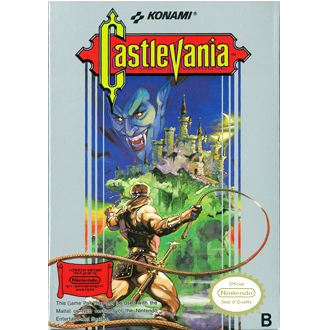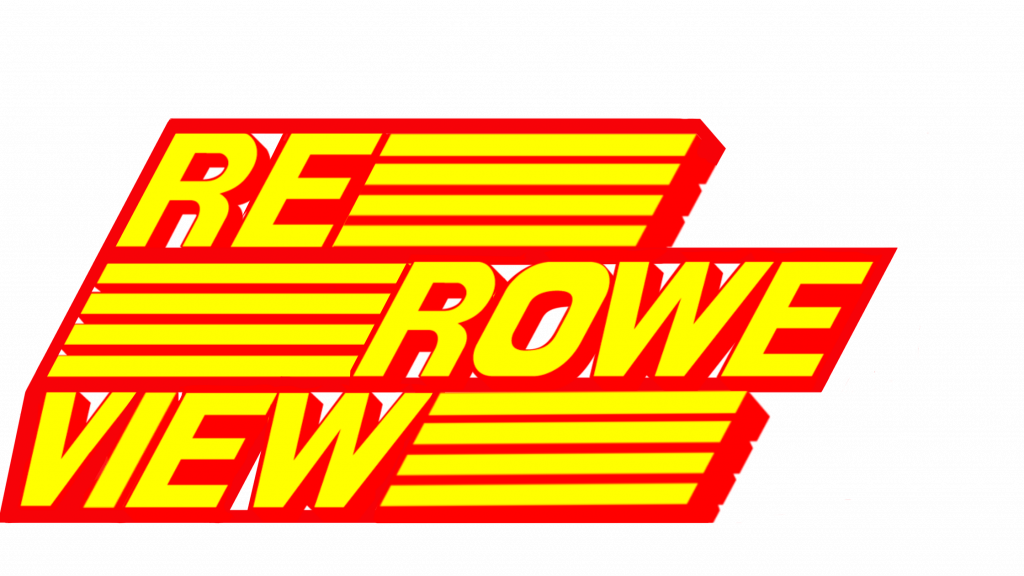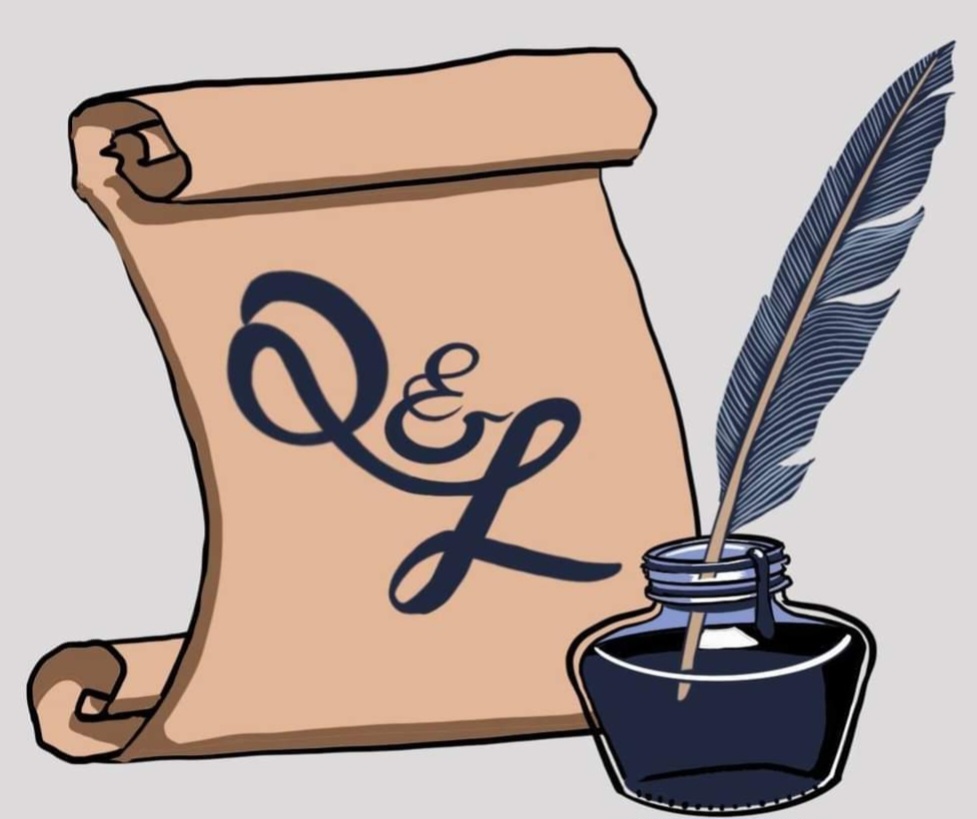

Good eeeevening.
What a wild ride. Released in 1987, the first entry in the famed series by Konami is well deserved of the credit it gets. Hell, there is even an entire genre of video games derived from the game’s title.
One of the things I like about this game is that it relied heavily on the instruction manual in order for the player to determine the story. Our adventuring hero has arrived at the gates Castlevania, home of the evil count. There is no princess to save. No bounty to retrieve. Just a man and his magic whip. The most interesting part of the manuals story introduction is “The Count has waited 100 years for a rematch.”
Rematch?! This is the first game Konami!
That being said, this is a great way to get the player into the head of the character. We understand this unnamed hero has a history with the count, and it has been going on for an entire century. Is the adventurer the one who originally fought the count? Or perhaps a family quest?
In 1987, we players just didn’t know.
Things we do know thanks to the original manual:
We know that there are all manner of creatures that are in the castle and it’s grounds. 21 unique enemies in all. Each one of these enemies has their own attack patterns and movements when combined with the treacherous layout of the castle itself, gives the game its high level of difficulty.
There is reprieve that will aid the adventurer in his quest. Pork chops hidden in the walls of various stages give the player life should their fingers have slipped and damage been taken(this happens often, especially when first starting to play the game). Various additional weapons are also found on enemies and hidden in candles. These range from arcing axes and returning boomerang crossed stakes to enemy stopping timepieces and screen clearing crosses. All of which require heart power, the most commonly dropped item (small=1, large5).
The player will also find morning star upgrades to their magic whip shortly after beginning and when restarting a stage after death. These increase the damage, and when fully charged, the range of the magic whip. It also happens to be one of the most iconic and badass weapons in video games.
Why the game holds up:
The first entry of many famed series are always considered classics, despite their actual playability. One reason Castlevania remains such a well loved entry is the simplicity and difficulty of the game. The gothic imagery and references to popular creatures and monsters. A cool unique weapon different from the sword and shields of other games. While replaying, I also felt the frustration of losing over and over again helped to drive me to get better. I knew how enemies moved. I knew where some secrets were. But with every death and continue I felt compelled to give it another try.
I don’t remember if I ever beat this game as a kid, but I couldn’t imagine I did. This game is hard, and I had the added convenience of save states. Having to continue at the beginning of stages with every death would have prolonged my beating the game (which I just don’t have the time for these days). Plus, I have 6 more titles in the collection to get through.
Beating the game reveals some additional story details. The credits begin with the crumbling of the tower and producer and director credits (who knew trans fishers were great at directing video games). The rest of the credits are quite entertaining as they are mostly Easter eggs towards Gothic literature and Universal/Hammer Horror. Starting with the screenplay by “Vran Stoker.” It is here in the credits that our count is given the name Dracula, played in the game by “Christopher Bee.” And “The Hero” is performed by “Simon Belmondo.”
You might be thinking, “wait, from my knowledge of the first game, you play as ‘Simon Belmont’!?” According to the original box art and manual, our hero goes unnamed in this inaugural entry. It is with the sequel game, Castlevania II: Simon’s Quest, that we learn the history of the Belmont family and the name of our mighty protagonist.
I thought surely this can’t be true.
Luckily, archivists have collected past issues of Nintendo Power and promotional material for the game from European and Japanese entities.
None of the readily available material gives us information into our main character’s identity until 1988 with the release of the direct sequel. It’s seems that much of the iconic characterization and backstory comes not the original game at all. What we got from the original game is punishing gameplay and iconic imagery that would be expanded upon as video games matured.
That all being said, lets get into the nitty gritty of the gameplay. 8 bits, a d-pad, and two buttons. That’s all we get. I keep coming back to the term “punishing” because that’s what the difficulty of this game is. Originally developed as an arcade style game with high scores and points, Konami only gives you 12 hit points throughout the whole game. This makes every hit count. If you die, you go back to the start of the stage and lose any power ups and secondary weapons collected along the way. You also go back down to 5 hearts (currency for using secondary weapons). Couple this with only 3 lives and you got yourself an unforgiving action platformer that would eat away at the quarters.
I got to play this game with the added benefit of saves states which allowed me to break up my time playing through, and reset if I accidentally made the wrong move. Not going to lie. I probably would have gotten too frustrated and never completed the game.
The basic enemies are pretty easy to deal with as they have easily memorizable movements and patterns. Some of them are down right annoying (I’m looking at you Medusa heads), but I found that if you didn’t slow down and just kept pushing forward you got through some frustrating moments by the seat of your pants. I could feel my pulse racing as I would jump platform to platform not thinking, or just barely escape a Medusa hit box by just keeping hold the right button on the dpad and walking blindly ahead.
In my play through I was able to make it to the Cavern level (Stage 10) with no problem. This is when I began to make use of save states. It is here we are introduced to the hunchback enemy. These little guys are the bane of my existence and the cause of much of the frustrations. I was able to maneuver my way through eventually without them becoming too much of a problem, but then I got to the boss of the stage: Frankenstein and Igor.
Up to this point, most of my success was due to the use of the Time Piece secondary weapon, which briefly freezes the enemies on the screen. Because I had lost so many lives I only had a few hearts by the time I would make it to the boss. The downfall of the Time Piece is that it requires 5 hearts to use. Most of my hearts had been used up dealing with the hunchbacks being dropped by eagles.
Save state to the rescue.
As frustrating as Frankenstein was, he was nothing compared to the next boss Death. The issue with Death was having to deal with the seemingly random sickle tosses. However, I noticed that depending on where you went to on the screen they would start in different locations, and most of my successes came from going just far enough to proc the boss and then heading to the far left platform to defend from the initial sickle tosses. I also utilized the boomerang cross and had at least double shot.
I found I liked the boomerang as it helped deal with the axe throwers and Medusa heads on the way to Dracula. Not going to lie, I looked up tips for defeating Dracula, and my approach was not the easy route. If you are looking to make quick work of him, have plenty of hearts ready to use secondary weapons and pick up the Holy Water in Dracula’s Tomb. This is key to facing Dracula’s second form. That’s right, Dracula has two forms.
I approached Dracula with plenty of hearts and the boomerang, having forgot about that little detail. The boomerang is a great choice for Dracula’s first form as you can get multiple hits with a single boomerang throw. It’s also good for dealing with the fireballs that get thrown around. However, if you over utilize the boomerang in this fight you are left with very little to deal with Dracula’s monster form. I found this was not too big of a deal after I noticed he wouldn’t throw the fireballs if you stuck close to him when he landed from jumping. It was very tense being up close an personal with such an imposing sprite, but eventually I made it through and got the credits.
A lot of games reward you with secret menus or additional features after you beat the game, and this proved true in 1987. Beating the game unlocks the equivalent to New Game+. After the credits finish you are placed back at the beginning of the game with all your equipment in tact and your high score saved. However, this mode ramps up the difficulty ten fold. Right from the beginning additional enemies appear on screen and all your muscle memory goes out the window.
Also, these early enemies only took off 1 or 2 points from your power bar originally and now hit for 4 points, which is just as hard as Dracula. A true challenge for only the bravest of adventurers.
Rating: 3.5 out of 5 – An unforgiving action platformer that helped to define a sub genre of games. Great gothic setting and an unforgettable main weapon that became a staple for the series. Definitely worth a look into if you never played the series, and a great starting point to let you know what you’re in for. I wish it would’ve had more of the story elements we see in later games, but given the constraints of the time I don’t hold this against it too much.
Michael Rowe
Dedication: I wrote this awhile back when I first came up with the idea of doing classic video game reviews. This first review is dedicated to Adam Barraclough whose presence and insight is often an inspiration to many an Appalachian. Hope I’ve done the game justice in your eyes.
